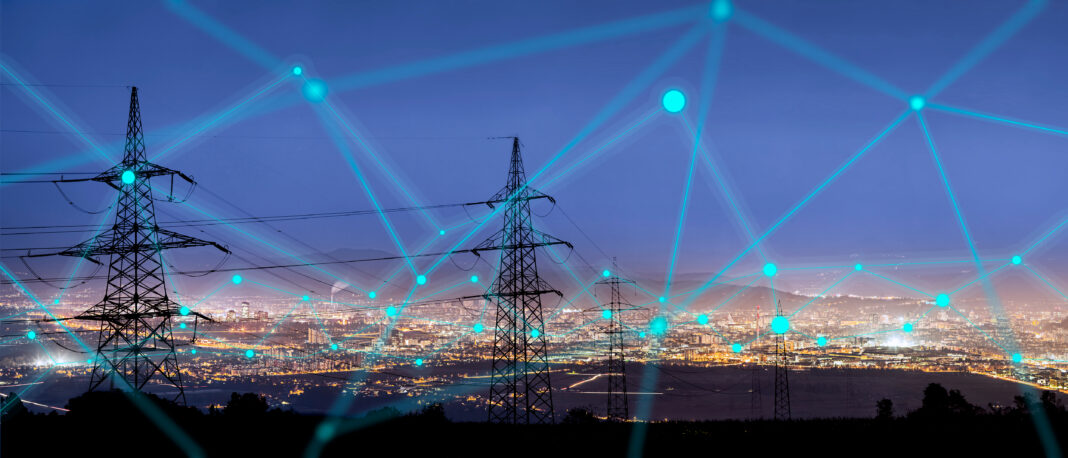How to Improve Sustainability in Utility Companies
Despite how much people want to dismiss the efforts of utility companies in reversing the climate crisis, many are doing something to change their tune — though efforts must amplify and improve. The main reasons behind the pressure are government regulations, aware citizens and affordable green technologies. How do customers and employees make sustainability in utilities more prominent and influential?
Investing in Clean Electricity
The U.S. wants utilities to use 100% clean power by 2035, but analyses show that only some have made headway. The average score of prominent companies is 21 out of 100, where 28 out of 77 had their grades fall from the previous year. To overcome this blow to their reputations, utilities should get holistic, clean electricity.
Renewable energy is the obvious first choice. Even gas brands can incorporate solar panels or wind turbines to run operations until these resources become obsolete. However, businesses should also invest in energy storage when renewables are inconsistent. This boosts the integrity and consistency of green power assets.
Enterprises in fossil fuels should slowly transition to becoming green power providers. The long-term goal is to improve sustainability, but achieving this should inform all corporate decisions.
Leveraging Modern Technologies
Eco-friendly and renewable tools get more advanced yearly, capturing increased clean power and converting it at higher rates. Utility companies must allocate their budgets to smart tools and the Internet of Things, or any device automating complex data analysis and collection. The more they know about their resource consumption and output, the more sustainable they can become.
For example, artificial intelligence and smart meters are an ideal match. The real-time data is invaluable for figuring out how to improve the building’s emissions and employee workflow. Having concrete data points reveals where to save energy and how to choose meaningful goals.
Utility providers should also seek to make their grid smarter by enhancing communication technologies and remote maintenance operations. Doing so will alleviate national grid burdens if corporations assist in modernizing antiquated infrastructure.
Using Distributed Energy Resources (DERs)
A DER is a smaller power generator of around 10 megawatts or more. Small turbines, fuel cells, and solar panels are a few. It helps utility providers become more sustainable by allowing scaling and growth. If an organization can’t support itself with electricity, it can consider using a DER to eliminate fuel consumption and carbon from specific machines, or even business vehicles.
DERs are an understated yet meaningful way to get started if a small provider can’t afford massive installations and green infrastructure. It also may not be viable to replace all electrical assets simultaneously with renewables, so DERs permit a smoother transition until a utility reaches 100% clean resources.
These can also expand outside the utility provider’s building by entering communities. Connected microgrids could empower customers to new levels of loyalty and eco-friendliness with just a few DERs placed throughout a service area.
Reporting and Following Compliance
Reporting comes in one of two realms — customers and regulators. Customers demand transparency, primarily from brands undergoing a green transition. Because these subjects are complex, consumers want easy-to-access, clarified data about improvements, commitments and goals. This can take many forms, from moving to cloud-based billing to improve operational visibility to posting sustainability documents on the provider’s website.
The Inflation Reduction Act is one of many similar regulatory actions nations have taken to promote sustainable utility activity. Only more will arrive. Accountability for environmental, social, and governance goals and corporate social responsibility standards will be better defined and stricter. Therefore, utility providers become more eco-conscious by taking these federal recommendations seriously.
It’s better to get into the habit of adhering and reporting to these agencies now than waiting for them to become more robust. Gradual, sustainable adjustments to utility operations are more accessible than a massive overhaul. This varies based on a utility provider’s size and productivity, and not solely the financial capabilities of a corporation. However, the return on investment by following compliance will eventually pay for itself.
Providing Green Utilities
Utility providers have many steps to take before they achieve 100% sustainable operations, but all progress is necessary. Whether installing solar panels or getting thoughts from customers, there are plenty of techniques for boosting efficiency and ecological awareness. Every utility company should commit to a productive, feasible objective today to remain competitive and relevant in a climate-affected landscape.
